Noiser
The Tower of London: A History
Play Short History Of... The Tower of London
From its initial completion around 1078, the Tower of London has been a symbol of the power of the British crown for almost a millennium. But why was the Tower originally built, and what is the truth behind its terrifying reputation?
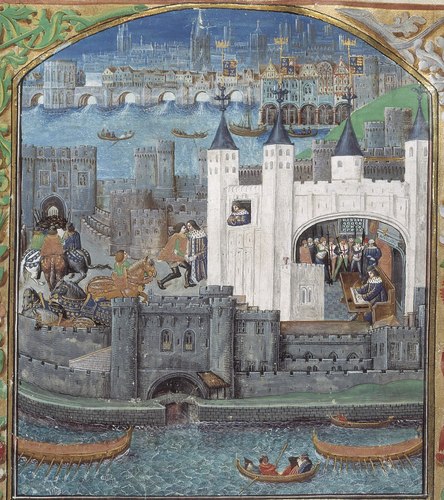
Origins
In 1066, William, Duke of Normandy, emerged victorious at the Battle of Hastings, earning him the title William the Conqueror. Seeking a suitable fort from which to rule Britain, William commissioned the building of the White Tower. The earliest version of what would become the Tower of London was a simple timber fort surrounded by a wooden palisade. However, William soon decided to replace it with a more formidable structure, built from imported limestone from Caen.
 William did not live to see the White Tower completed; it was finished in 1100, thirteen years after his death. The tower stood as a massive rectangular fortress, rising 90 feet high, its battlements crowned by distinctive tooth-like crenellations. Strategically located on the banks of the River Thames, the White Tower played a crucial defensive role, safeguarding the capital from potential attacks and becoming one of the most secure strongholds in London.
William did not live to see the White Tower completed; it was finished in 1100, thirteen years after his death. The tower stood as a massive rectangular fortress, rising 90 feet high, its battlements crowned by distinctive tooth-like crenellations. Strategically located on the banks of the River Thames, the White Tower played a crucial defensive role, safeguarding the capital from potential attacks and becoming one of the most secure strongholds in London.
Expansion
During the medieval period, the Tower of London served as a royal residence for several monarchs. Significant investment in the Tower occurred in the 13th century when Henry III allocated £10,000 to enhance and expand its structures. His renovations included the addition of new towers, separate chambers for the king and queen, and a rebuild of the great hall. He also filled the moat and installed stained glass windows. Later in the century, Edward I further strengthened the defences by commissioning a secondary outer wall. New entrances were built, including a water gate directly from the Thames that would eventually be known as Traitor's Gate.
And it wasn't just kings and queens who resided in the Tower. The Royal Mint and an armoury were housed there for centuries. In 1204, under the rule of King John, three ships arrived from Normandy carrying wild animals, including lions. With these, he established a royal menagerie within the grounds of the Tower, which expanded over time to include around 60 different species, including a polar bear and an African elephant.
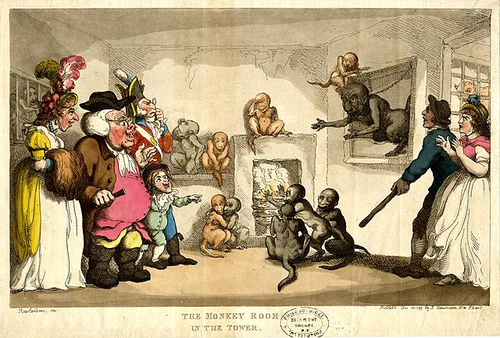
A Darker Function
Slowly but surely, the Tower of London’s primary function became that of a prison. As well as common folk, the Tower’s high walls and secure defences made it ideal for housing political prisoners, traitors, and enemies of the crown. Over the centuries, the Tower became infamous for the imprisonment and execution of high-profile figures.
The Tower of London has held notable prisoners like Anne Boleyn, Lady Jane Grey, Guy Fawkes, and, more recently, the Kray Twins. Perhaps the most intriguing prisoners were The Two Princes. After Edward IV's death in 1483, his 12-year-old son, Edward V, was to become king. Richard, Duke of Gloucester, became his protector. Despite his mother's suspicions about Richard’s intentions, Edward and his younger brother were sent to the Tower to await Edward’s coronation. However, just a few months after King Edward IV’s death, Richard declared the princes illegitimate, took the crown for himself, and the boys vanished.
From the evidence that we have, maybe it was Richard who had them killed. An awful lot of that speculation seems to be cemented by the Tudors and then by Shakespeare
Bridget Clifford, former Keeper of Tower Armouries at the Tower of London.
The princes' fate remains somewhat of a mystery, but there is evidence to suggest they were killed in the Tower. In the mid-1600s, two child skeletons were found during renovations. In 1933, the bones were examined and found to belong to two boys, aged 12 and 10—the same ages as the princes when they disappeared. Further examination of the bones using modern methods has never been permitted, but in 2022, King Charles III voiced his support for a new investigation. Maybe the 500-year-old mystery will soon be solved.
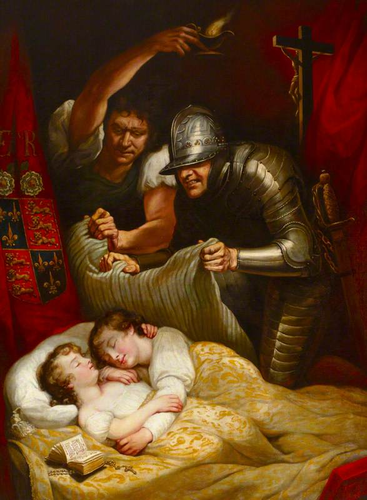
The Crown Jewels
The Crown Jewels are among the nation's most treasured possessions. This priceless collection includes over 100 objects adorned with more than 23,000 gemstones. Since 1661, the Crown Jewels have been housed in the Tower of London.
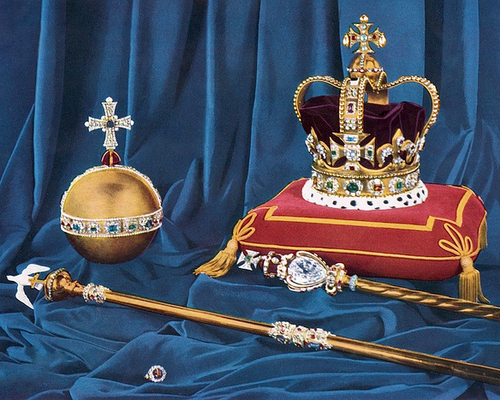 In 1671, a gang attempted to steal the jewels. They almost managed it but were apprehended as they made their way towards the outer gate. Despite being caught red-handed, the smooth-talking career criminal Thomas Blood secured an audience with the King. Impressed with the would-be thief's audacity, Charles II issued him a pardon.
In 1671, a gang attempted to steal the jewels. They almost managed it but were apprehended as they made their way towards the outer gate. Despite being caught red-handed, the smooth-talking career criminal Thomas Blood secured an audience with the King. Impressed with the would-be thief's audacity, Charles II issued him a pardon.
The Guardians
Yeoman Warders, also known as Beefeaters, have been guarding the Tower of London since the Tudor period. Originally, they were part of the Yeomen of the Guard, the monarch's elite security detail who accompanied the king wherever he went. Henry VIII decided that a contingent of this royal guard would be permanently stationed at the Tower to protect it. Today's Yeoman Warders are drawn from the military, requiring at least 22 years of military service to be eligible for the role.
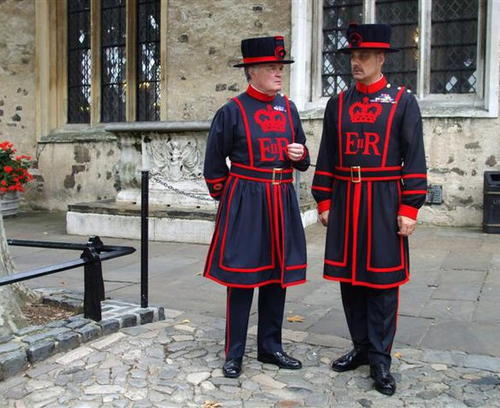 In addition to its human guardians, the Tower of London is also home to a group of resident ravens. According to legend, the kingdom will fall if the ravens ever leave the tower. This superstition has led to the careful management of the ravens, which are tended to by a dedicated Ravenmaster.
In addition to its human guardians, the Tower of London is also home to a group of resident ravens. According to legend, the kingdom will fall if the ravens ever leave the tower. This superstition has led to the careful management of the ravens, which are tended to by a dedicated Ravenmaster.
The Tower Today
Today, the Tower of London is one of the world’s most iconic landmarks, with three million people visiting annually to marvel at the history contained within its stone walls. Though no longer a working palace, prison, mint, zoo, or fortress, the Tower of London still serves as an icon of the nation’s monarchy and government.
